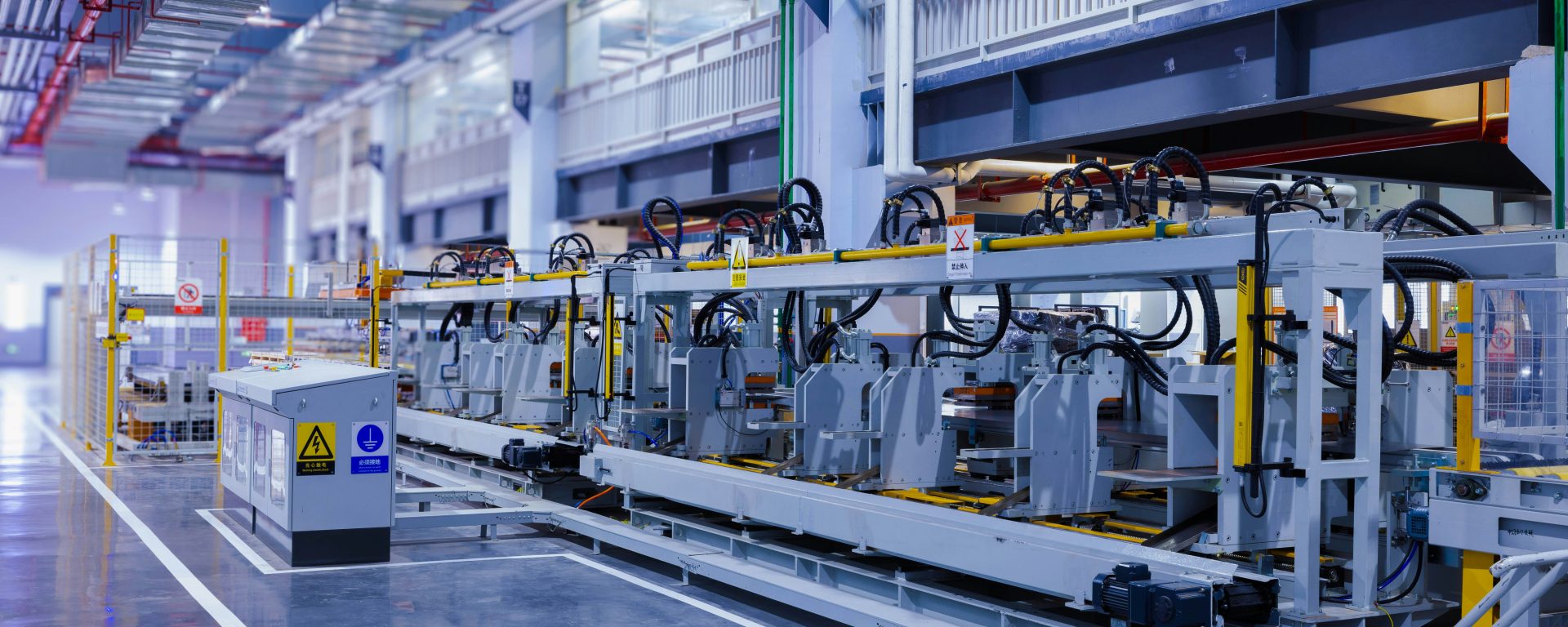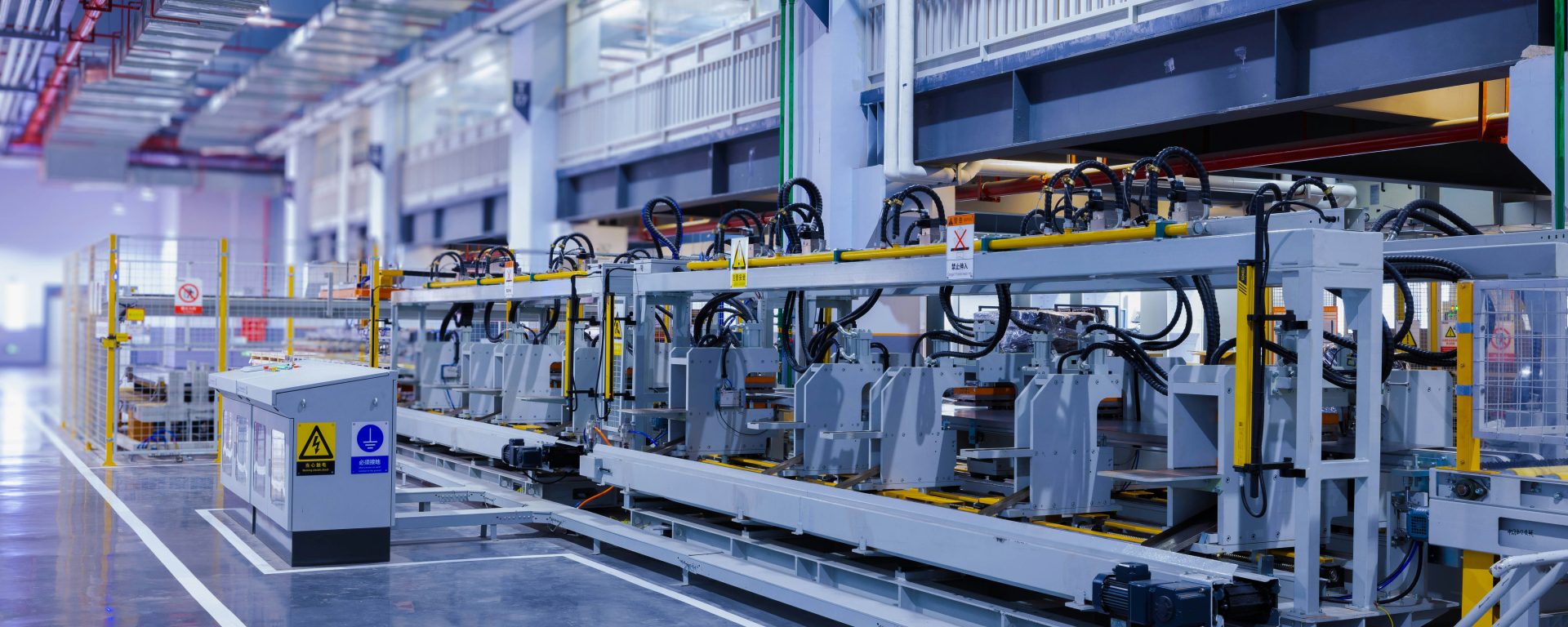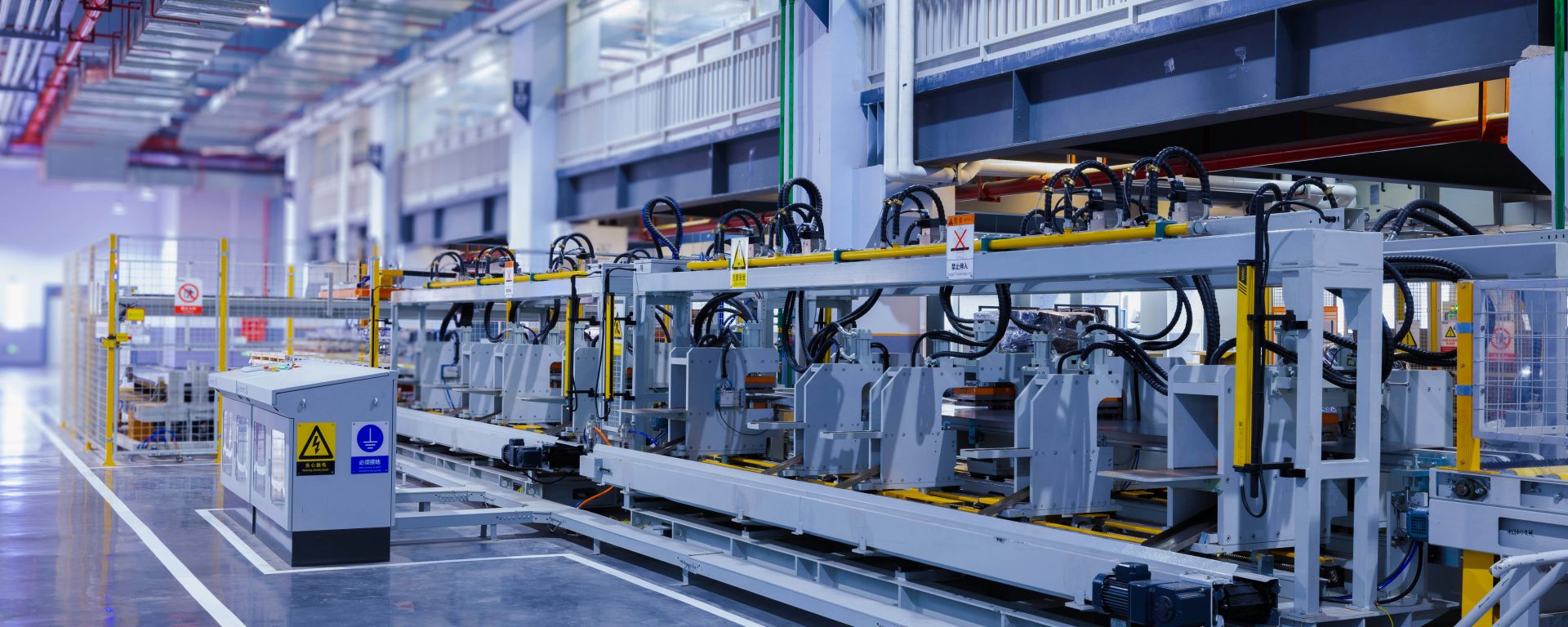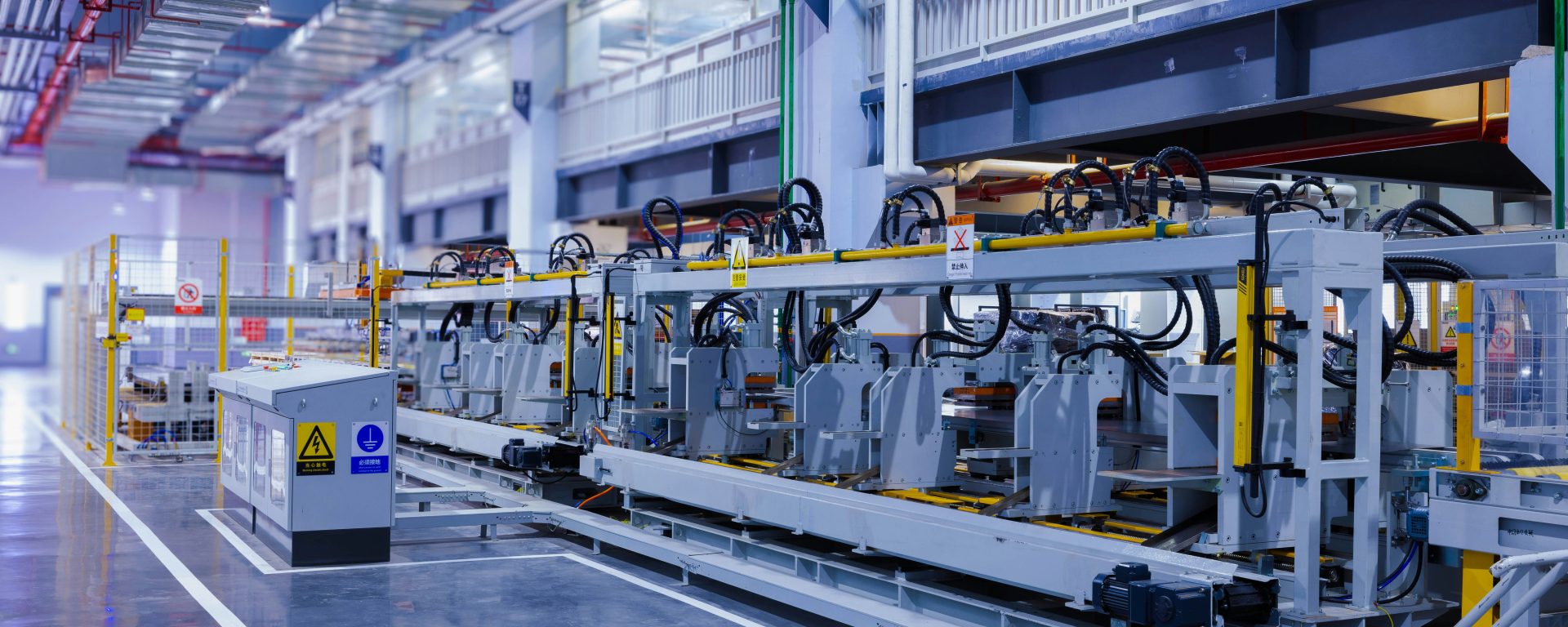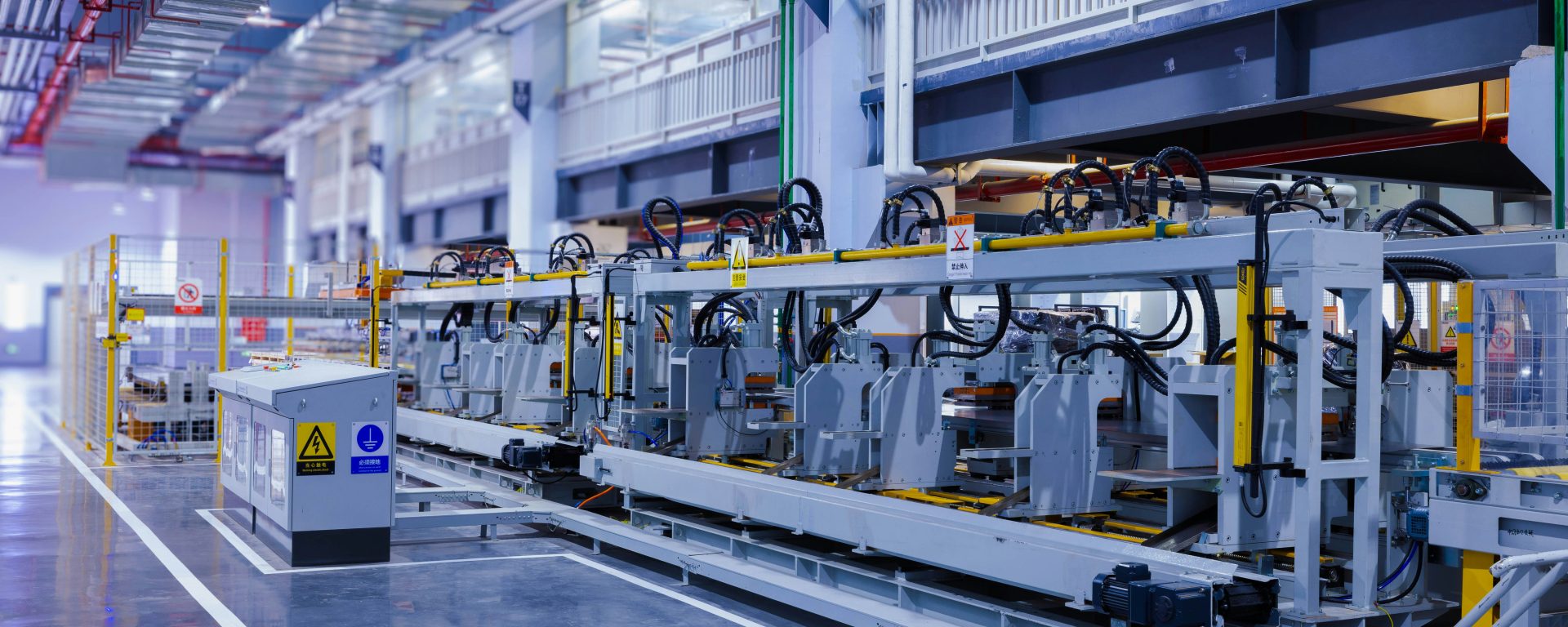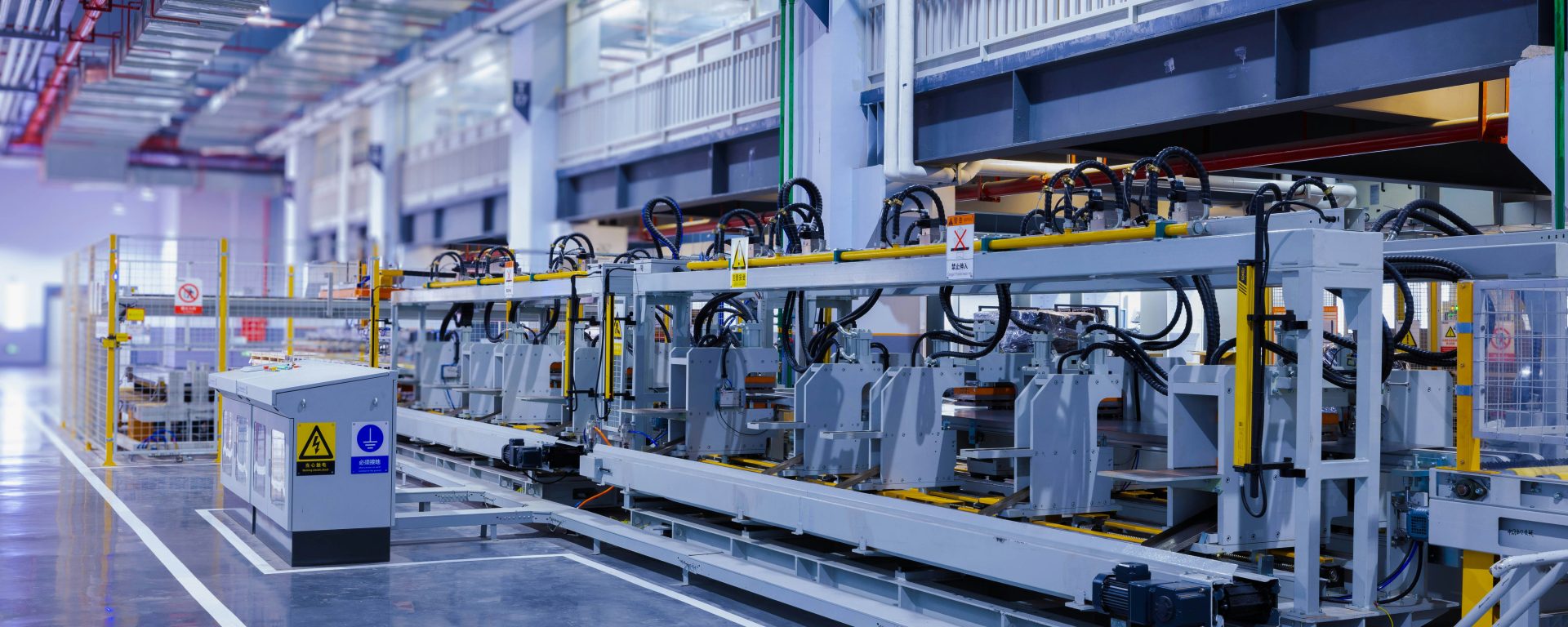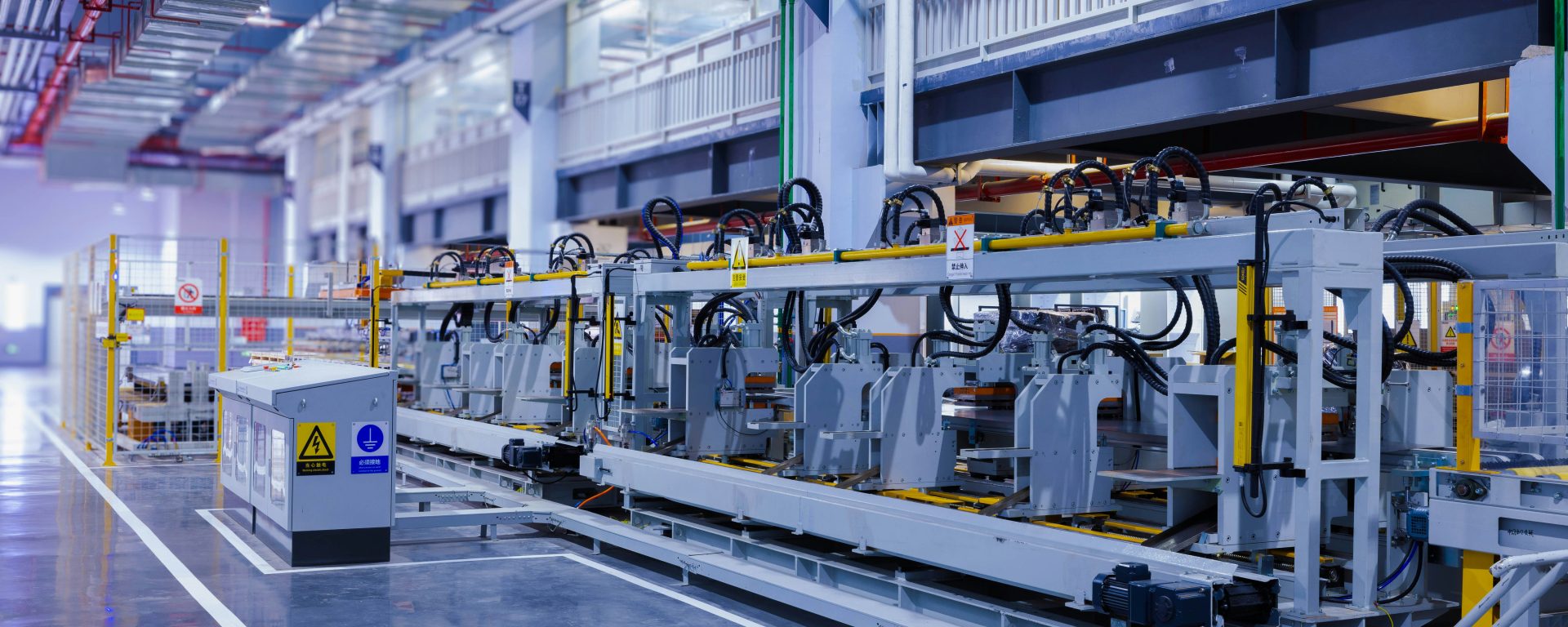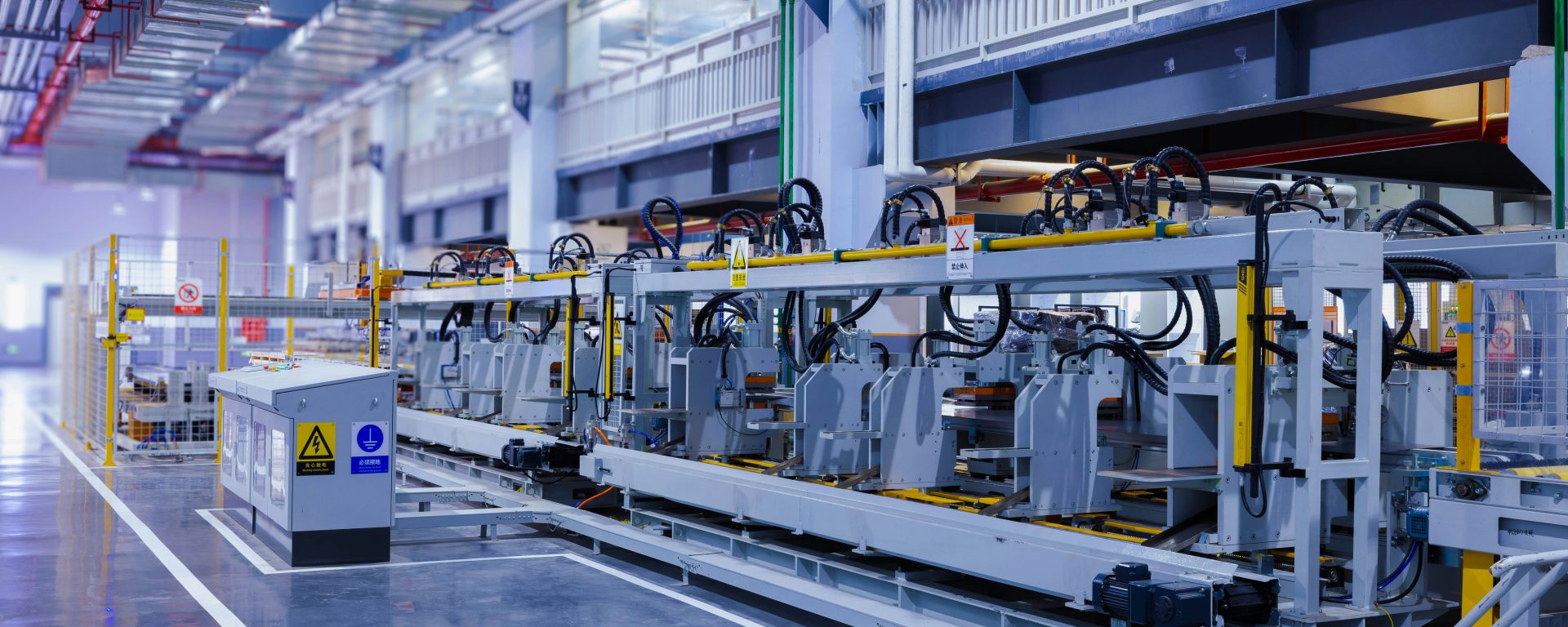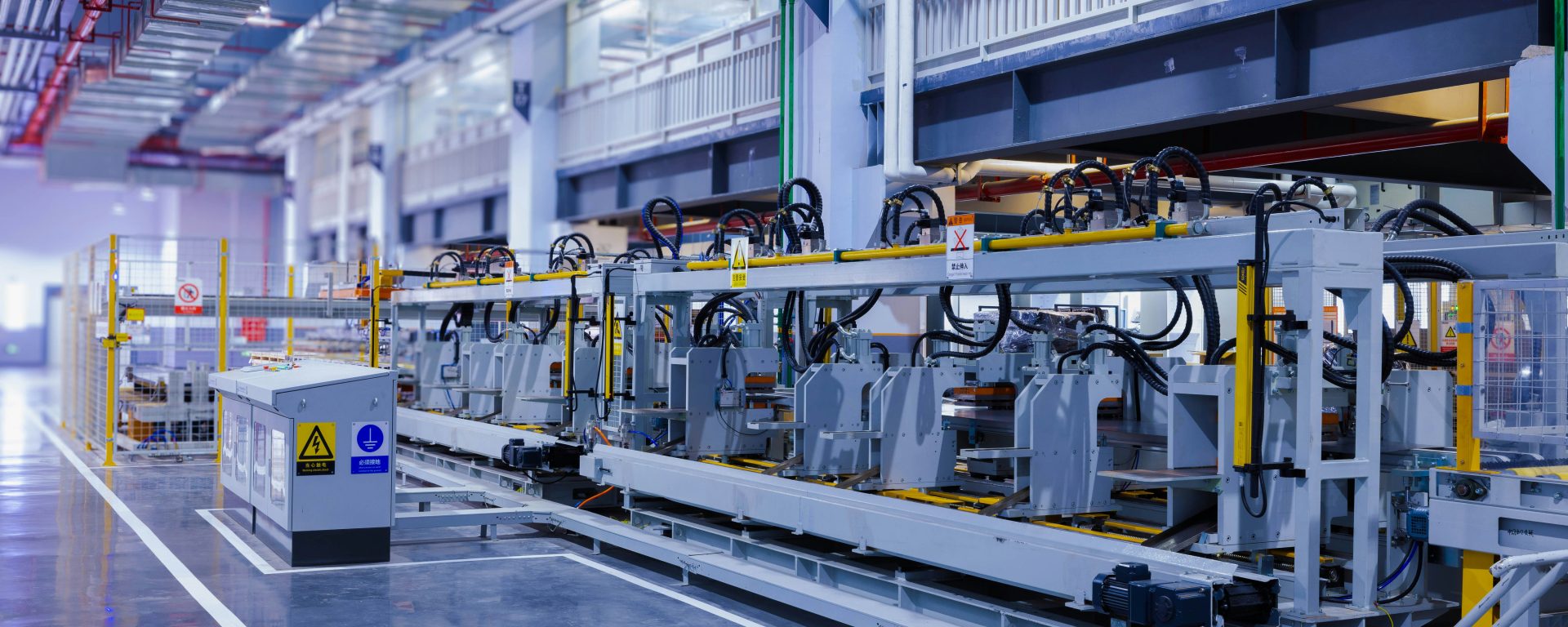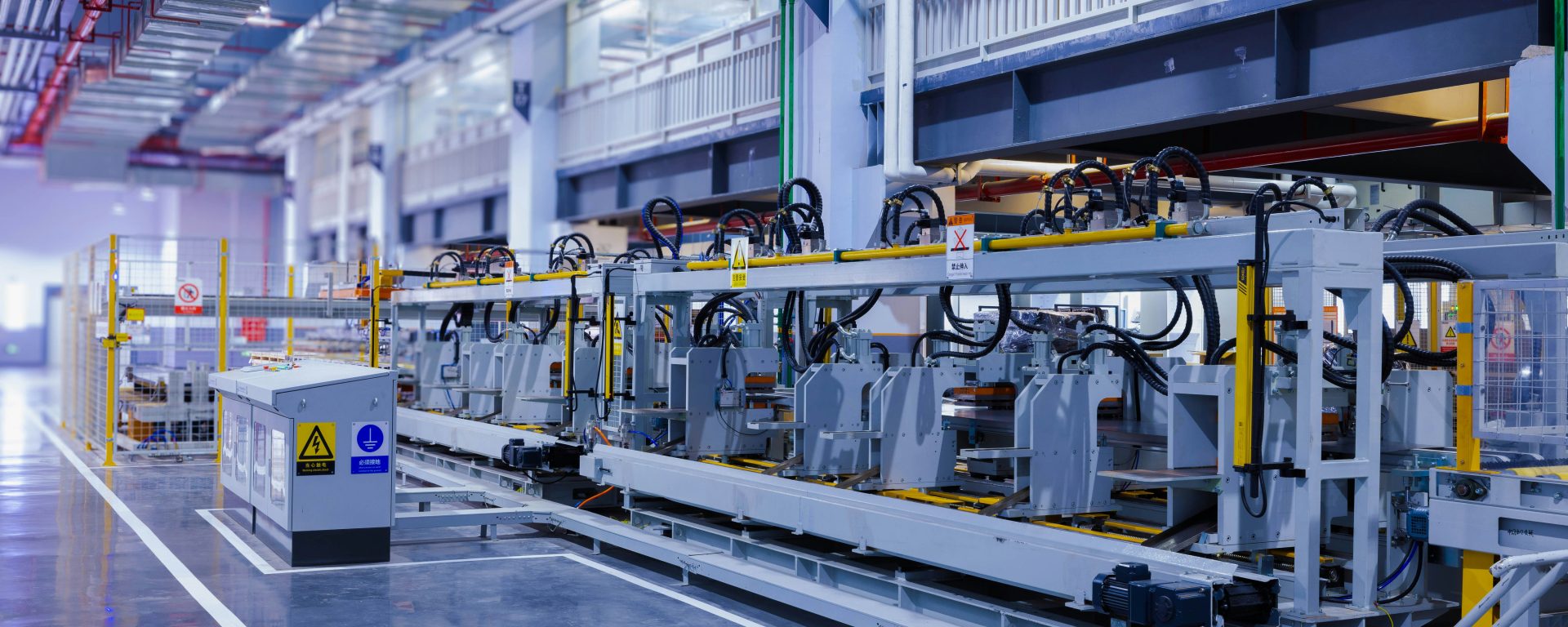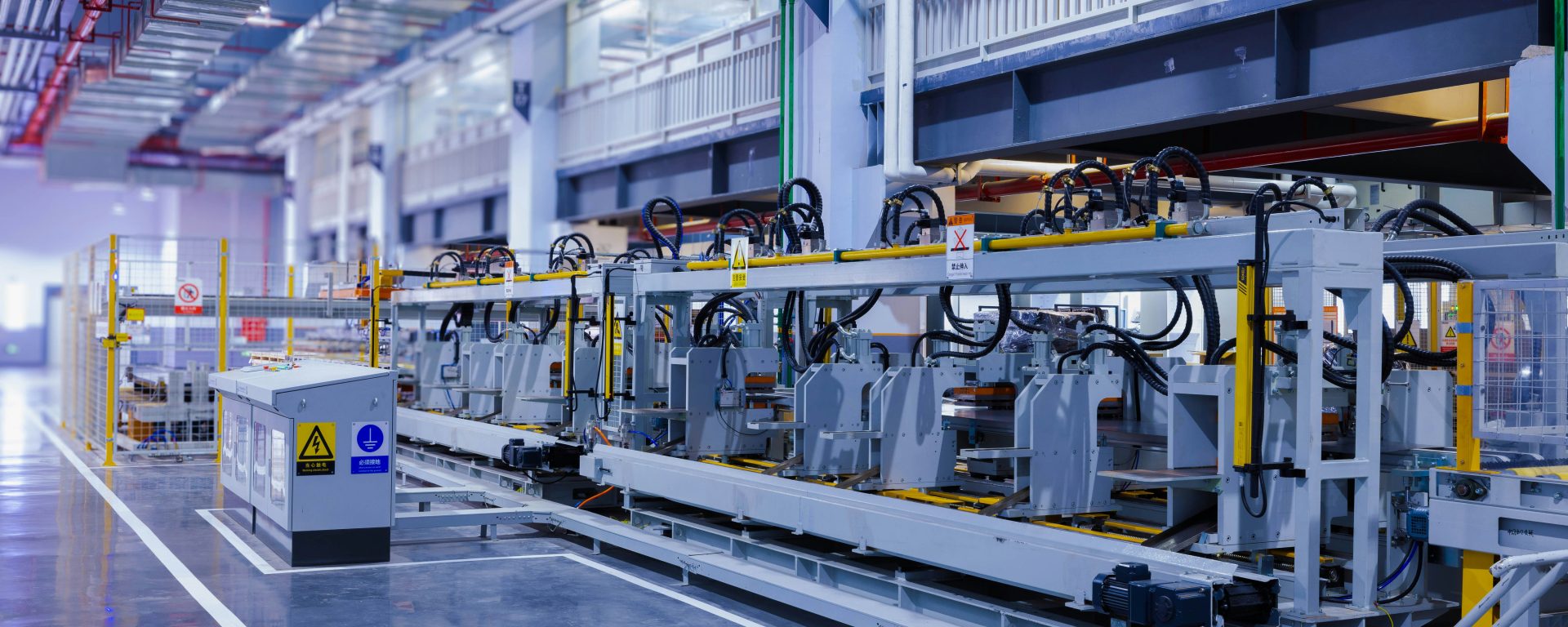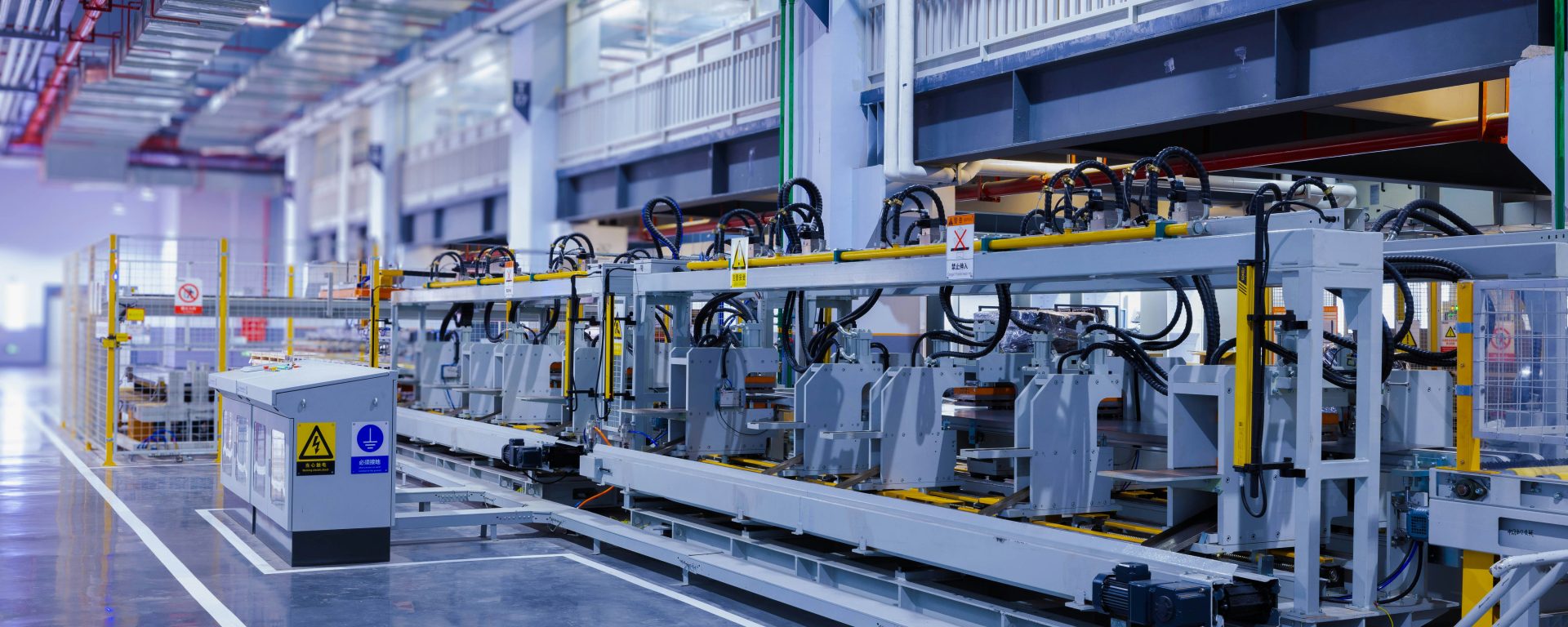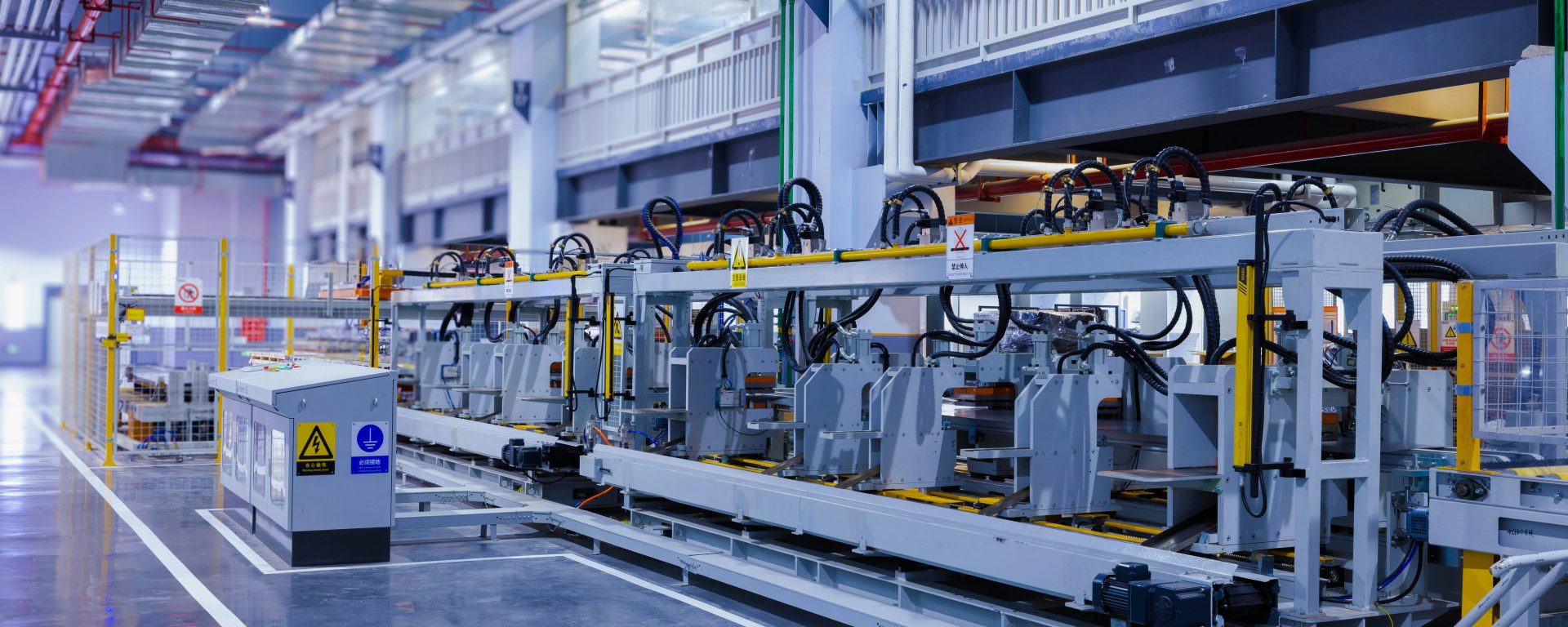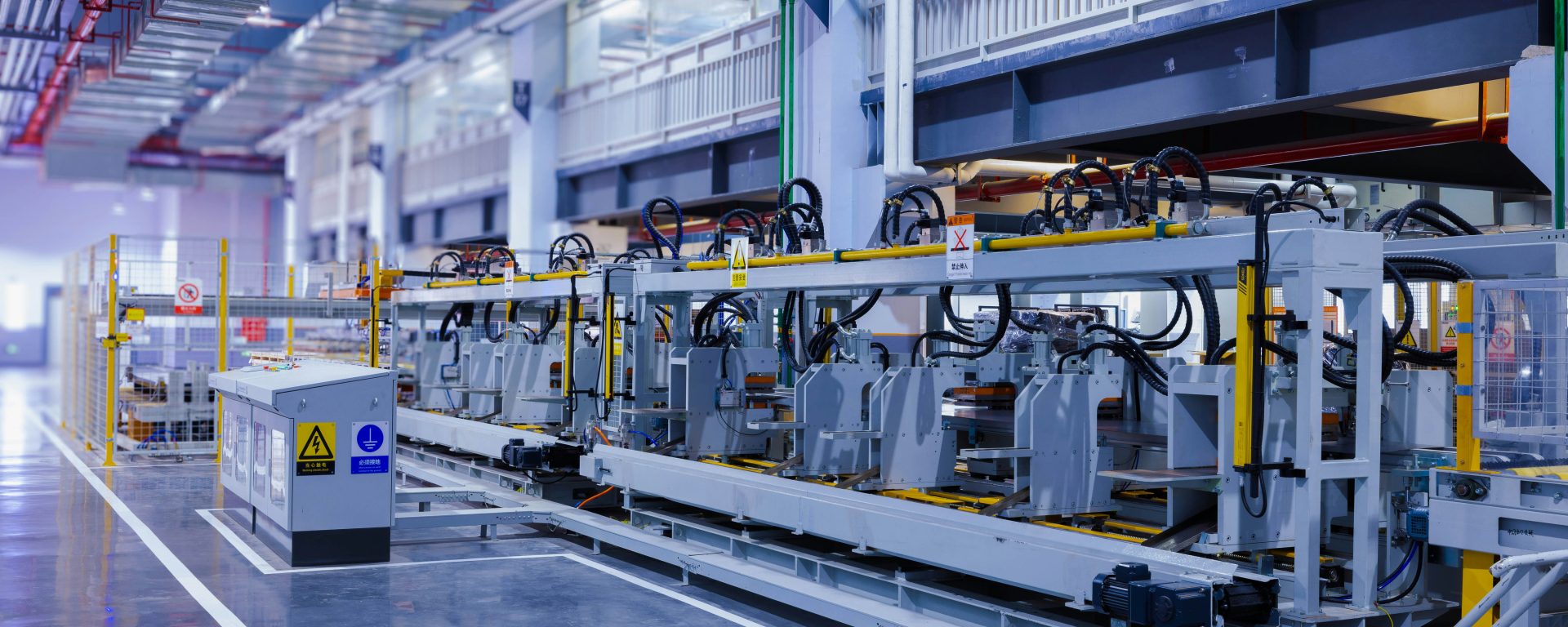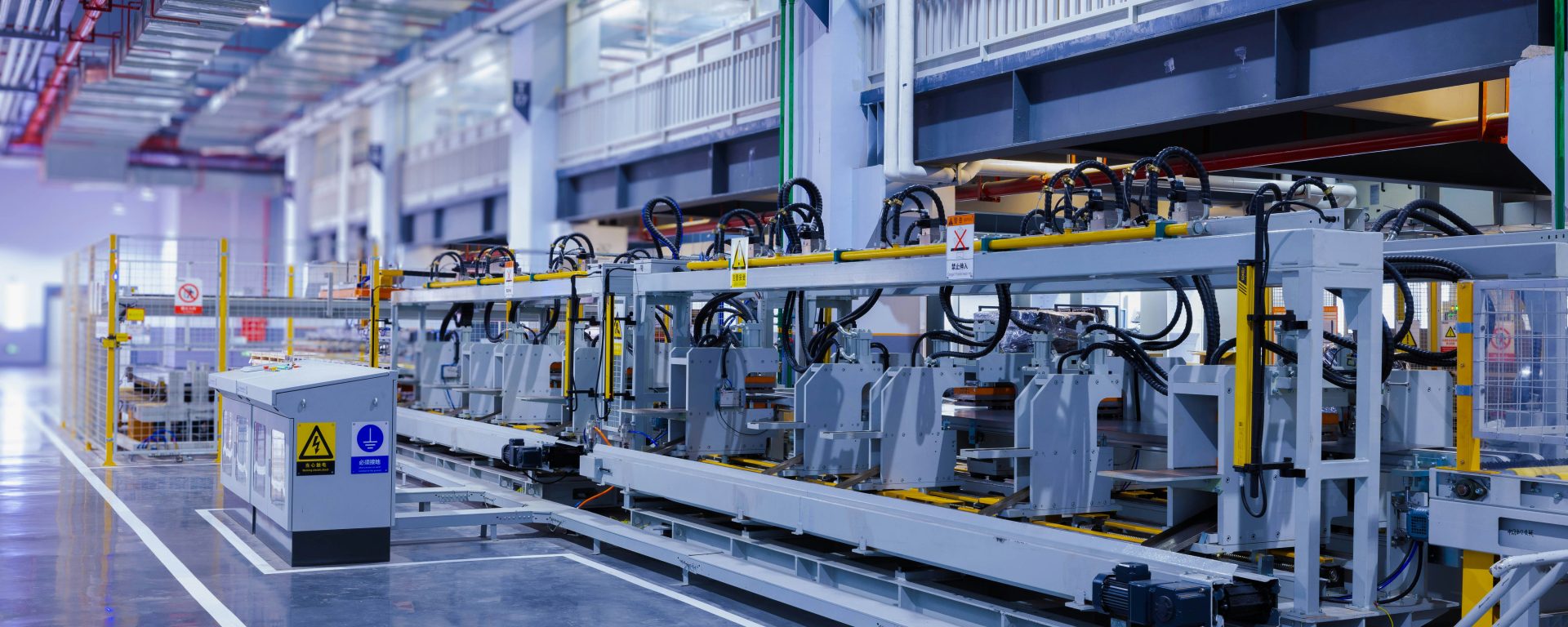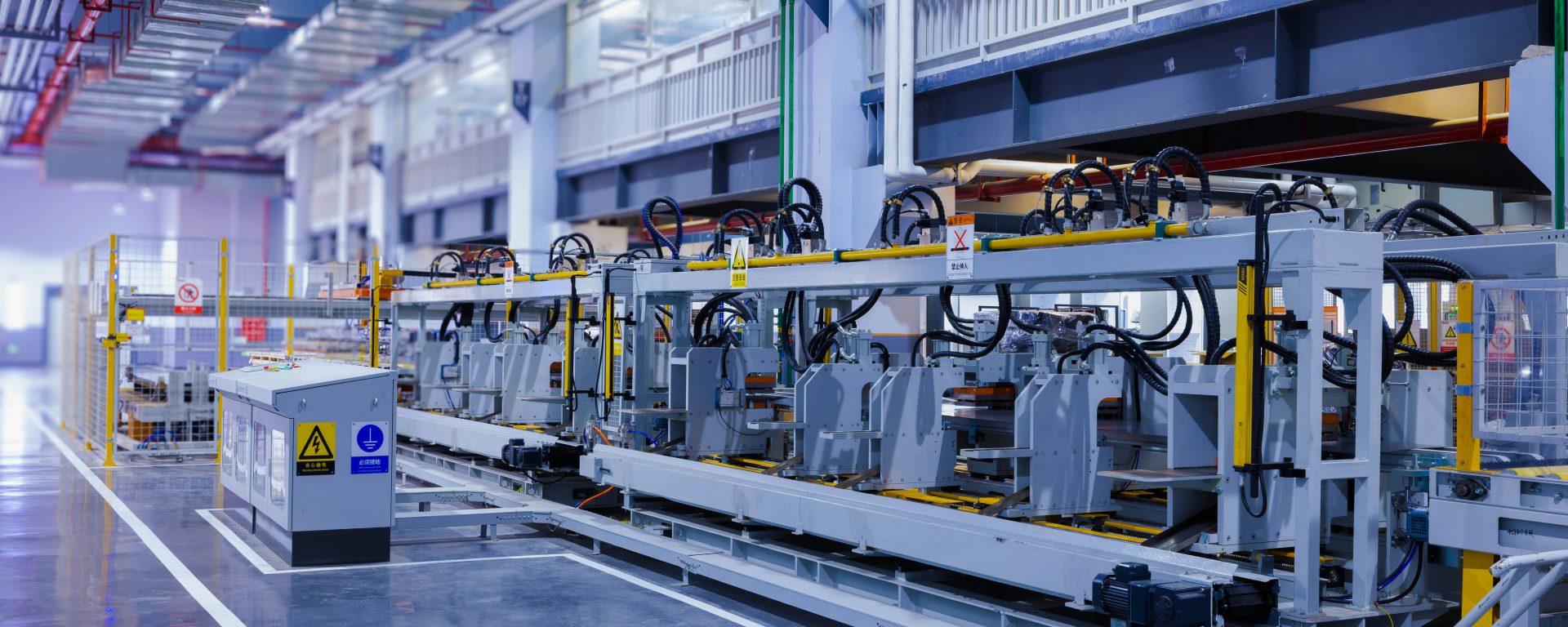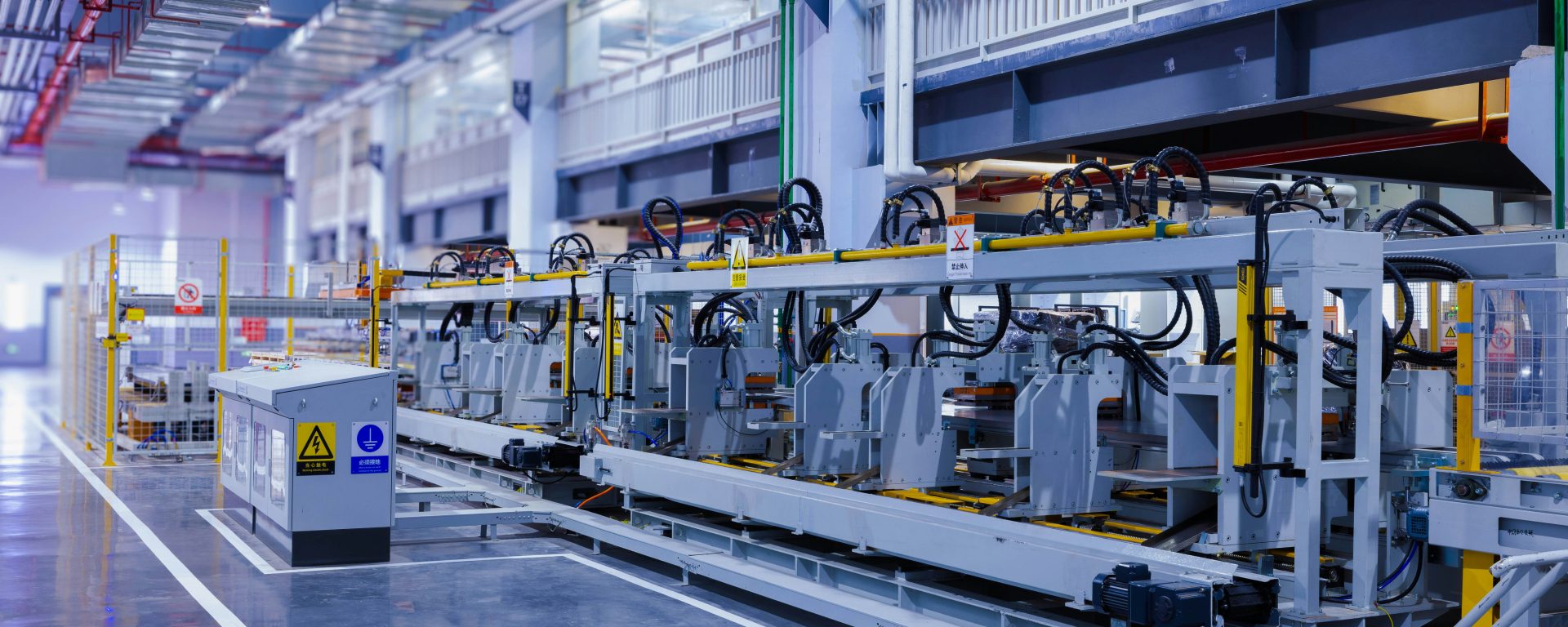Computer and Electronic Equipment Manufacturing Insurance: Complete Guide
The computer and electronic equipment manufacturing sector represents one of the most dynamic and technologically advanced industries in the UK economy. From semiconductor fabrication to consumer electronics assembly, these businesses face unique risks that demand specialized insurance protection. This comprehensive guide explores the essential insurance coverage needed to safeguard your electronics manufacturing operation.
Understanding the Electronics Manufacturing Landscape
The computer and electronic equipment manufacturing industry encompasses a diverse range of operations, including printed circuit board assembly, semiconductor production, computer hardware manufacturing, telecommunications equipment, consumer electronics, industrial control systems, and medical electronic devices. Each subsector presents distinct operational challenges and risk profiles that must be addressed through tailored insurance solutions.
UK electronics manufacturers operate in an intensely competitive global marketplace characterized by rapid technological change, complex supply chains, stringent quality standards, and significant capital investment in equipment and facilities. These factors create a risk environment that requires comprehensive insurance protection beyond standard commercial policies.
Critical Risks Facing Electronics Manufacturers
Equipment Breakdown and Technology Risks
Electronics manufacturing relies on sophisticated, expensive machinery including clean room facilities, automated assembly lines, testing equipment, and precision manufacturing tools. Equipment failure can halt production, resulting in substantial financial losses. A single breakdown in a critical piece of machinery can cost hundreds of thousands of pounds in lost production, emergency repairs, and delayed customer orders.
Product Liability Exposure
Manufacturing electronic equipment carries significant product liability risks. Defective components can cause equipment failures, data loss, fire hazards, or even personal injury. When your products are integrated into other systems or sold to consumers, the liability chain extends far beyond your facility. A single product recall can devastate a manufacturer's finances and reputation.
Cyber and Data Security Threats
Electronics manufacturers increasingly rely on interconnected systems, from computer-aided design software to automated production lines and inventory management systems. This digital infrastructure creates vulnerability to cyberattacks, ransomware, data breaches, and intellectual property theft. The theft of proprietary designs or manufacturing processes can undermine competitive advantage and result in substantial financial losses.
Supply Chain Disruption
The electronics industry depends on complex global supply chains for components, raw materials, and specialized parts. Disruptions from natural disasters, geopolitical events, supplier failures, or transportation issues can halt production even when your own facility remains operational. Supply chain insurance has become increasingly critical in the post-pandemic manufacturing environment.
Environmental and Contamination Risks
Electronics manufacturing involves hazardous materials including solvents, acids, heavy metals, and other chemicals. Environmental contamination incidents can result in cleanup costs, regulatory fines, business interruption, and third-party liability claims. Clean room contamination can ruin entire production batches, resulting in significant financial losses.
Intellectual Property and Trade Secret Protection
Electronics manufacturers invest heavily in research and development, creating valuable intellectual property including proprietary designs, manufacturing processes, and technical innovations. The theft or unauthorized disclosure of these trade secrets can eliminate competitive advantages and result in substantial financial harm.
Essential Insurance Coverage for Electronics Manufacturers
Commercial Combined Insurance
A commercial combined policy provides the foundation of protection for electronics manufacturers, bundling multiple coverage types into a comprehensive package. This typically includes buildings insurance covering your manufacturing facility, contents insurance protecting machinery and equipment, business interruption coverage replacing lost income during shutdowns, and public liability insurance protecting against third-party injury or property damage claims.
For electronics manufacturers, business interruption coverage deserves particular attention. Standard policies may not adequately address the unique income loss scenarios facing technology manufacturers, including extended supply chain disruptions, contamination events requiring facility decontamination, and equipment breakdown extending beyond typical repair timeframes.
Product Liability Insurance
Product liability insurance is absolutely essential for electronics manufacturers. This coverage protects your business when products you manufacture cause injury, property damage, or financial loss to customers or end users. Coverage should extend to manufacturing defects, design defects, and failure to warn of potential hazards.
Electronics manufacturers should ensure their product liability coverage includes adequate limits given the potential scale of claims, recall expense coverage to manage product recall costs, defense costs for legal representation, and worldwide coverage if products are exported internationally.
Equipment Breakdown Insurance
Also known as machinery breakdown or boiler and machinery insurance, this specialized coverage addresses the unique risks of manufacturing equipment failure. Standard property insurance typically excludes mechanical or electrical breakdown, making this coverage critical for electronics manufacturers who depend on expensive, specialized machinery.
Comprehensive equipment breakdown coverage should include repair or replacement costs for damaged machinery, business interruption losses during equipment downtime, expediting expenses to speed repairs or obtain temporary equipment, and spoilage coverage for work-in-progress ruined by equipment failure.
Cyber Insurance
Given the digital nature of modern electronics manufacturing, cyber insurance has evolved from optional to essential coverage. A comprehensive cyber policy should address first-party costs including business interruption from system downtime, data restoration and system recovery, cyber extortion and ransomware payments, and forensic investigation expenses.
Third-party liability coverage is equally important, protecting against claims from customers whose data was compromised, regulatory fines and penalties for data protection violations, and legal defense costs. For electronics manufacturers handling sensitive customer data or proprietary designs, cyber insurance limits should reflect the potential scale of exposure.
Professional Indemnity Insurance
Electronics manufacturers who provide design services, technical consulting, or custom engineering solutions need professional indemnity insurance. This coverage protects against claims that your professional advice, designs, or specifications caused financial loss to clients.
Common professional indemnity claims in electronics manufacturing include design errors causing product failures, specification mistakes leading to manufacturing problems, intellectual property infringement allegations, and breach of confidentiality claims. Coverage should include defense costs and settlements or judgments against your business.
Employers Liability Insurance
Legally required for UK businesses with employees, employers liability insurance protects your business if employees suffer work-related injuries or illnesses. Electronics manufacturing presents specific workplace hazards including chemical exposure, repetitive strain injuries from assembly work, electrical hazards, and clean room contamination exposure.
While the legal minimum coverage is £5 million, many electronics manufacturers opt for higher limits given the potential severity of workplace injury claims and the specialized nature of manufacturing operations.
Transit and Marine Cargo Insurance
Electronics manufacturers regularly transport high-value components, finished products, and sensitive equipment. Transit insurance protects goods while in transport, whether by road, sea, or air. This coverage is particularly important for manufacturers who import components internationally or export finished products to global markets.
Environmental Liability Insurance
Given the hazardous materials used in electronics manufacturing, environmental liability insurance provides critical protection against pollution incidents, contamination cleanup costs, regulatory fines and penalties, and third-party claims from environmental damage. This specialized coverage addresses gaps in standard commercial policies, which typically exclude pollution-related claims.
Risk Management Best Practices
While comprehensive insurance is essential, effective risk management reduces both the frequency and severity of claims, ultimately lowering insurance costs and protecting business continuity.
Equipment Maintenance Programs
Implement rigorous preventive maintenance schedules for all manufacturing equipment. Regular inspections, calibration, and servicing reduce breakdown risks and demonstrate due diligence to insurers. Maintain detailed maintenance records and address identified issues promptly.
Quality Control Systems
Robust quality control processes minimize product liability exposure. Implement testing protocols at multiple production stages, maintain detailed quality records, establish clear product specifications and tolerances, and develop comprehensive product documentation. ISO 9001 certification demonstrates commitment to quality management and may result in favorable insurance terms.
Cybersecurity Measures
Protect digital assets through multi-factor authentication, regular software updates and patches, employee cybersecurity training, network segmentation, regular data backups, and incident response planning. Many cyber insurers require specific security measures as policy conditions.
Supply Chain Resilience
Reduce supply chain vulnerability by diversifying suppliers for critical components, maintaining strategic inventory buffers, establishing alternative sourcing arrangements, and monitoring supplier financial health. Supply chain mapping helps identify potential disruption points.
Environmental Compliance
Maintain strict environmental compliance through proper chemical storage and handling, regular environmental audits, employee training on hazardous materials, spill prevention and response plans, and waste disposal procedures. Compliance reduces both regulatory risk and insurance costs.
Selecting the Right Insurance Coverage
Assessing Your Risk Profile
Every electronics manufacturer has a unique risk profile based on products manufactured, production processes, facility size and location, export markets, and supply chain complexity. Conduct a thorough risk assessment to identify specific exposures and coverage needs.
Working with Specialist Brokers
The complexity of electronics manufacturing insurance makes working with a specialist broker invaluable. Experienced brokers understand industry-specific risks, have access to insurers specializing in manufacturing coverage, can negotiate favorable terms and pricing, and provide ongoing risk management advice.
Coverage Limits and Deductibles
Selecting appropriate coverage limits requires careful analysis of potential loss scenarios. Consider maximum property values, potential business interruption duration, product liability exposure based on product applications, and cyber incident costs including notification and credit monitoring. Higher deductibles reduce premium costs but increase out-of-pocket expenses when claims occur.
Policy Exclusions and Conditions
Carefully review policy exclusions and conditions. Common exclusions in manufacturing policies include wear and tear, gradual deterioration, intentional acts, war and terrorism (unless specifically included), and nuclear incidents. Understand conditions that must be met to maintain coverage, such as security requirements, maintenance obligations, and claims notification timeframes.
Factors Affecting Insurance Costs
Electronics manufacturing insurance premiums vary significantly based on multiple factors. Understanding these variables helps manufacturers manage insurance costs effectively.
Key cost factors include business size and revenue, products manufactured and their applications, claims history, risk management practices, facility location and construction, security measures, and coverage limits and deductibles. Manufacturers with strong risk management programs, favorable claims history, and comprehensive security measures typically secure more favorable premium rates.
The Claims Process
Understanding the claims process ensures smoother resolution when incidents occur. Immediately notify your insurer of potential claims, document losses thoroughly with photographs and detailed records, preserve damaged property for insurer inspection, mitigate further damage where possible, and cooperate fully with insurer investigations.
Maintain detailed records of business interruption losses, including lost production, additional expenses incurred, and customer order impacts. Prompt, thorough documentation accelerates claims settlement and ensures full recovery of covered losses.
Regulatory Compliance Considerations
Electronics manufacturers must comply with various regulations affecting insurance requirements. The Health and Safety at Work Act requires safe working conditions, the Environmental Protection Act governs hazardous materials management, GDPR mandates data protection measures, and product safety regulations establish manufacturing standards. Insurance policies should align with regulatory requirements, and some regulations may mandate specific coverage types or limits.
Protecting Your Electronics Manufacturing Business
Computer and electronic equipment manufacturing presents unique risks requiring specialized insurance protection. From equipment breakdown and product liability to cyber threats and supply chain disruption, comprehensive coverage is essential for business continuity and financial protection.
The most effective approach combines appropriate insurance coverage with robust risk management practices. Regular policy reviews ensure coverage keeps pace with business growth, technological changes, and evolving risk landscapes.
Working with experienced insurance professionals who understand electronics manufacturing helps ensure your business has the protection it needs. The investment in comprehensive insurance coverage provides peace of mind, allowing you to focus on innovation, production excellence, and business growth.
Frequently Asked Questions
What is the most important insurance for electronics manufacturers?
While all coverage types serve important purposes, product liability insurance is particularly critical for electronics manufacturers given the potential scale of claims if defective products cause widespread damage or injury. Commercial combined insurance providing property, business interruption, and public liability coverage forms the essential foundation.
How much does electronics manufacturing insurance cost?
Insurance costs vary significantly based on business size, products manufactured, claims history, and coverage limits. Small manufacturers might pay £5,000-£15,000 annually for basic coverage, while larger operations with comprehensive protection may invest £50,000-£200,000 or more. Specialist brokers can provide accurate quotes based on your specific circumstances.
Does standard commercial insurance cover equipment breakdown?
Standard commercial property insurance typically excludes mechanical or electrical breakdown of machinery. Separate equipment breakdown insurance is necessary to cover repair costs and business interruption from machinery failures.
Is cyber insurance really necessary for manufacturers?
Yes, cyber insurance has become essential for electronics manufacturers who rely on digital systems for design, production, and business operations. Cyberattacks can halt production, compromise intellectual property, and expose customer data, resulting in substantial financial losses not covered by traditional policies.
What should be included in business interruption coverage?
Comprehensive business interruption coverage should include lost profits during shutdowns, continuing expenses like rent and salaries, supply chain disruption coverage, contamination cleanup time, and extended periods of indemnity reflecting realistic recovery timeframes for electronics manufacturing operations.
How can I reduce insurance premiums?
Implement robust risk management programs, maintain excellent claims history, install security and fire protection systems, achieve quality certifications like ISO 9001, increase deductibles where financially feasible, and work with specialist brokers who can access competitive markets.
Does product liability insurance cover product recalls?
Standard product liability policies may not include recall costs. Separate recall expense coverage or specific policy endorsements are necessary to cover expenses associated with product recalls, including notification, return shipping, and replacement costs.
What happens if I export products internationally?
Ensure your product liability and other relevant coverages extend to international markets where you sell products. Some policies limit coverage to the UK, requiring specific endorsements or separate policies for export activities.
How often should I review my insurance coverage?
Conduct formal insurance reviews annually before renewal, and whenever significant business changes occur such as new product lines, facility expansions, major equipment purchases, or entry into new markets. Regular reviews ensure coverage remains adequate as your business evolves.
What documentation do insurers require?
Insurers typically require detailed information about your operations, including business descriptions and revenue figures, facility details and construction types, equipment inventories and values, product specifications and applications, claims history, risk management procedures, and financial statements. Thorough documentation facilitates accurate underwriting and appropriate coverage.


 0330 127 2333
0330 127 2333

